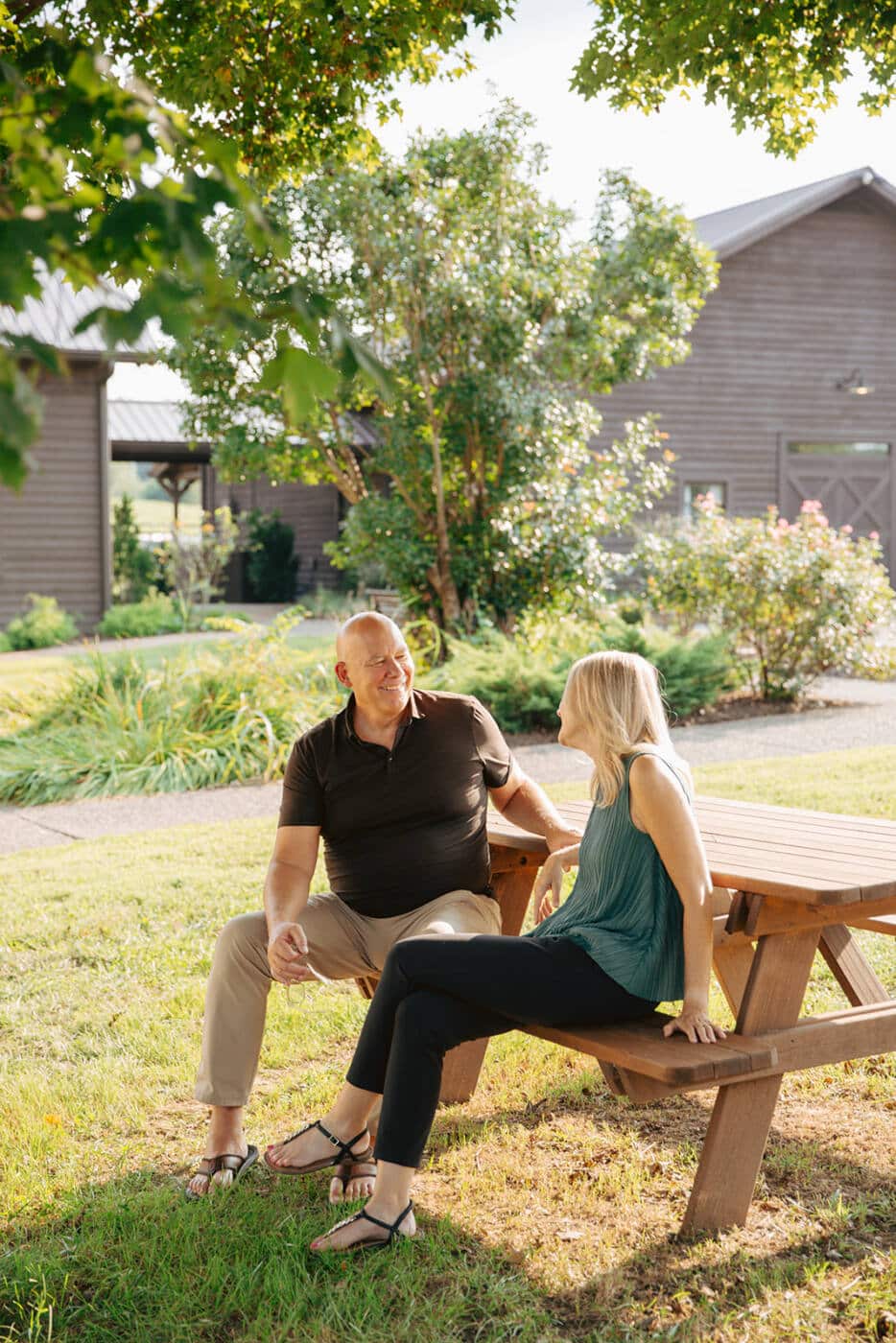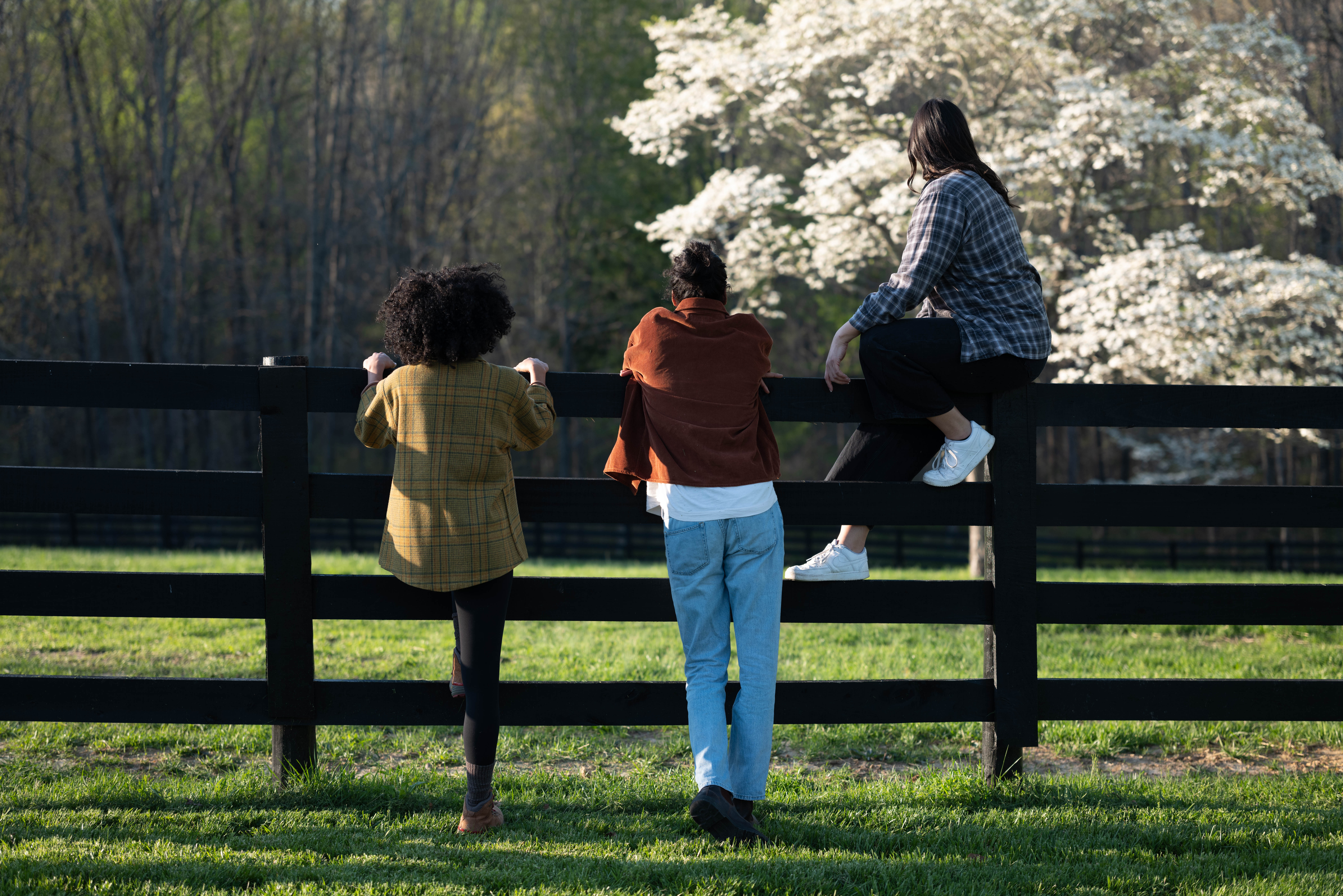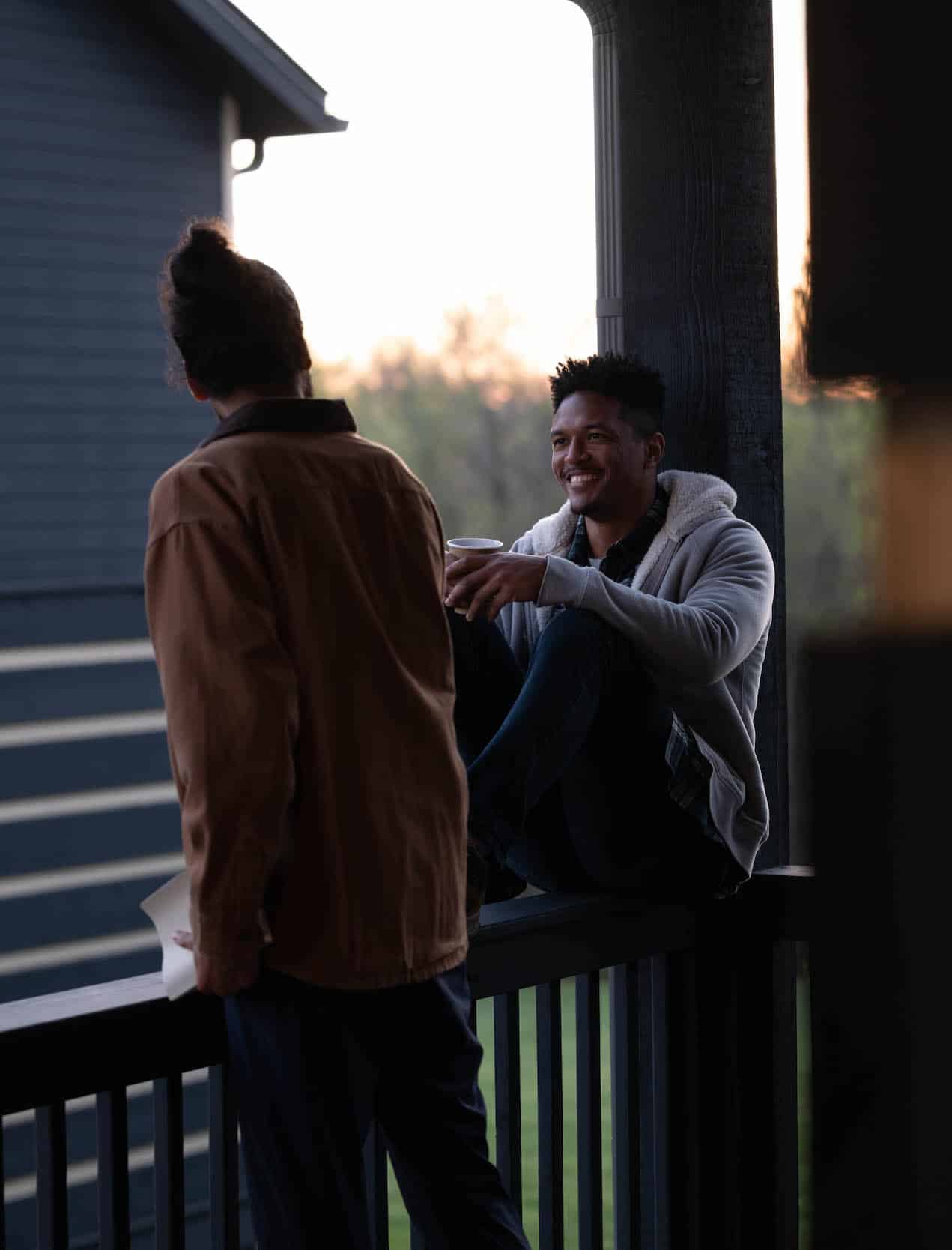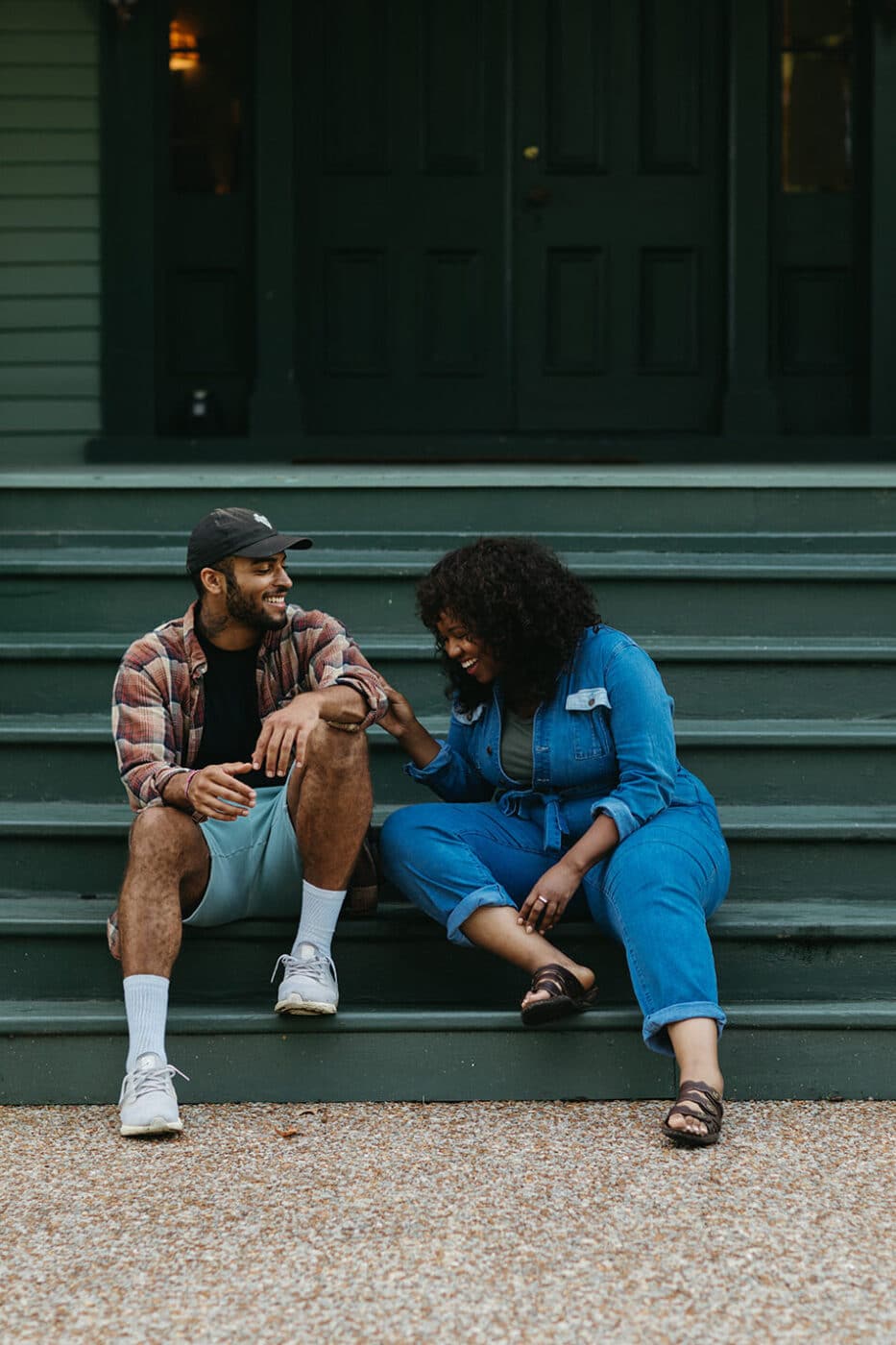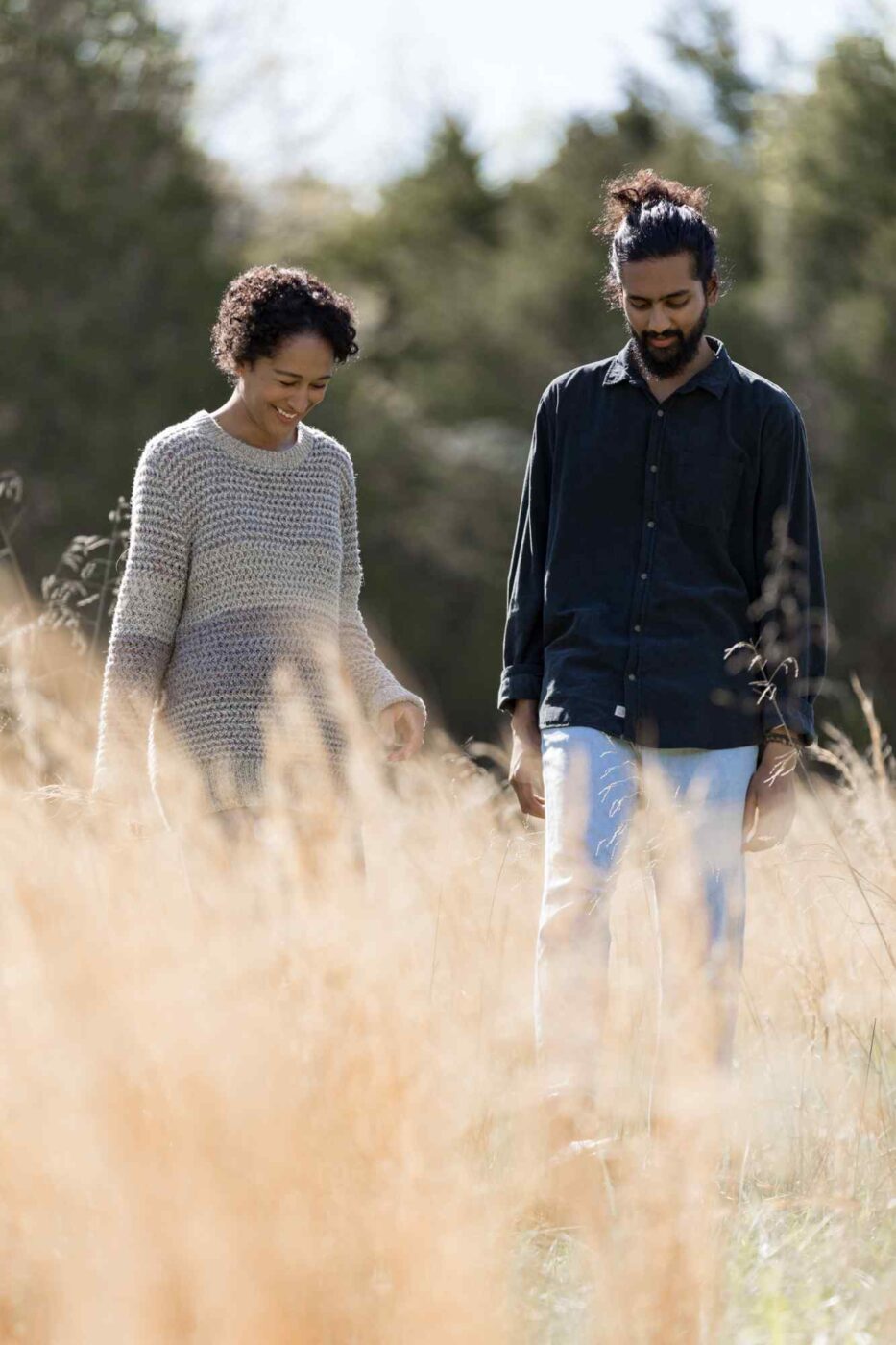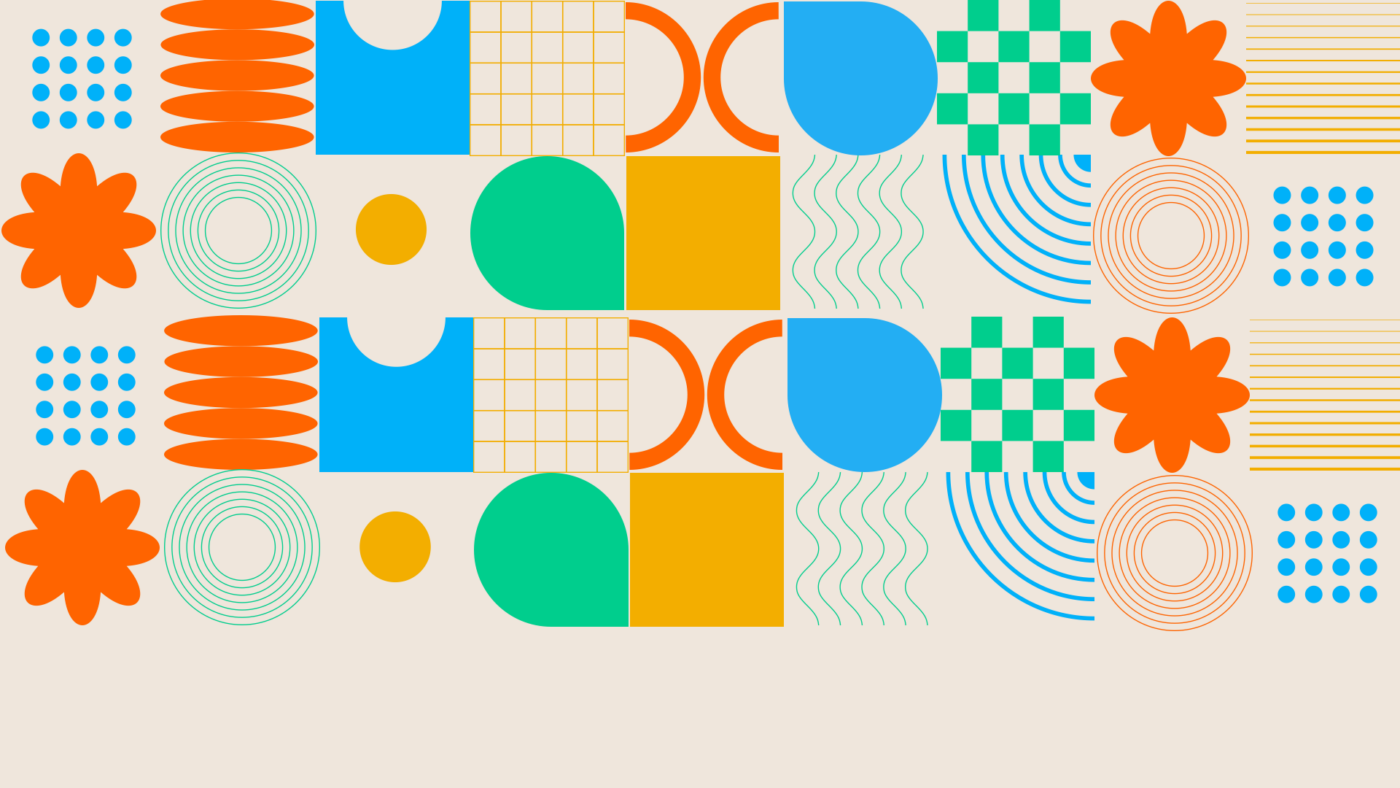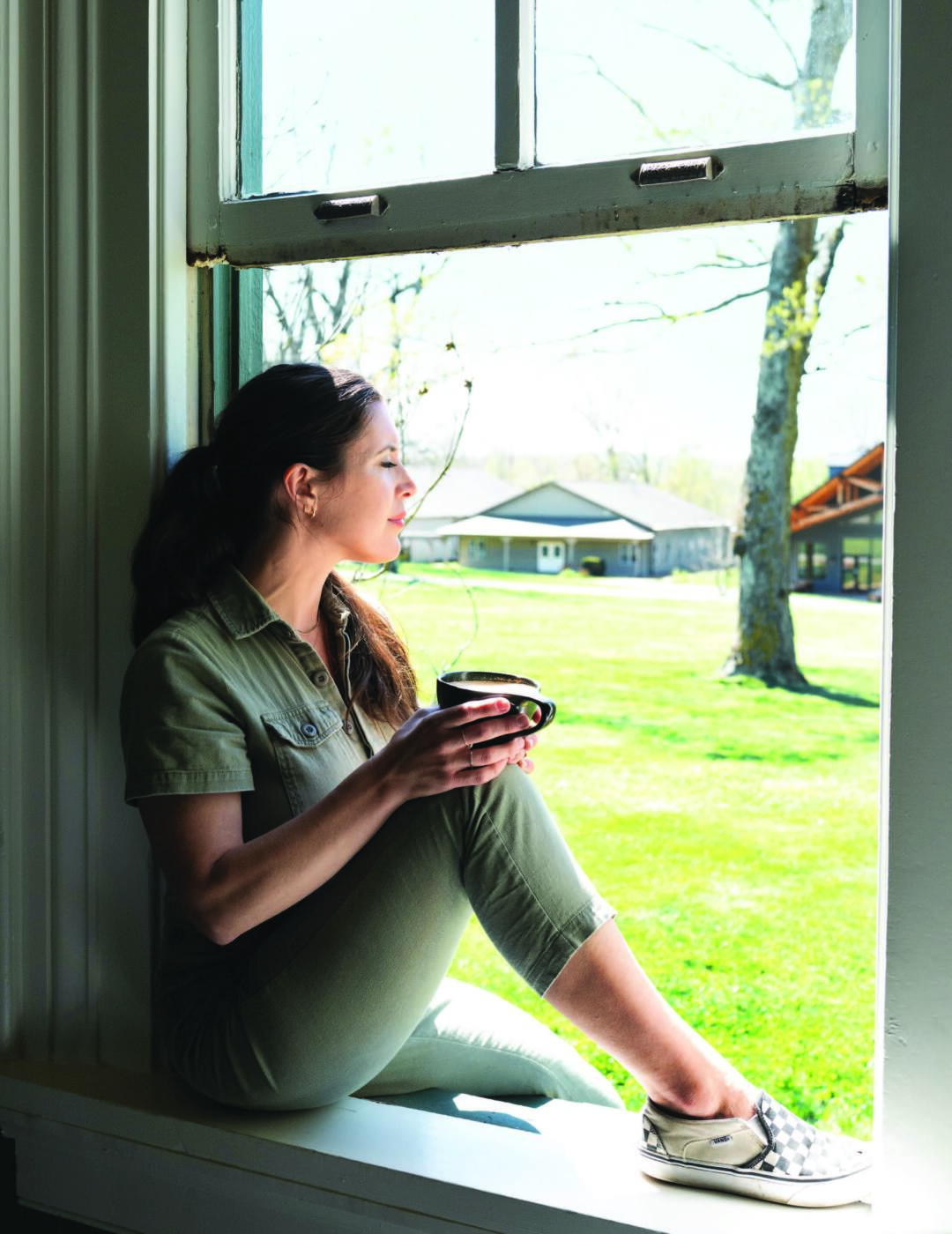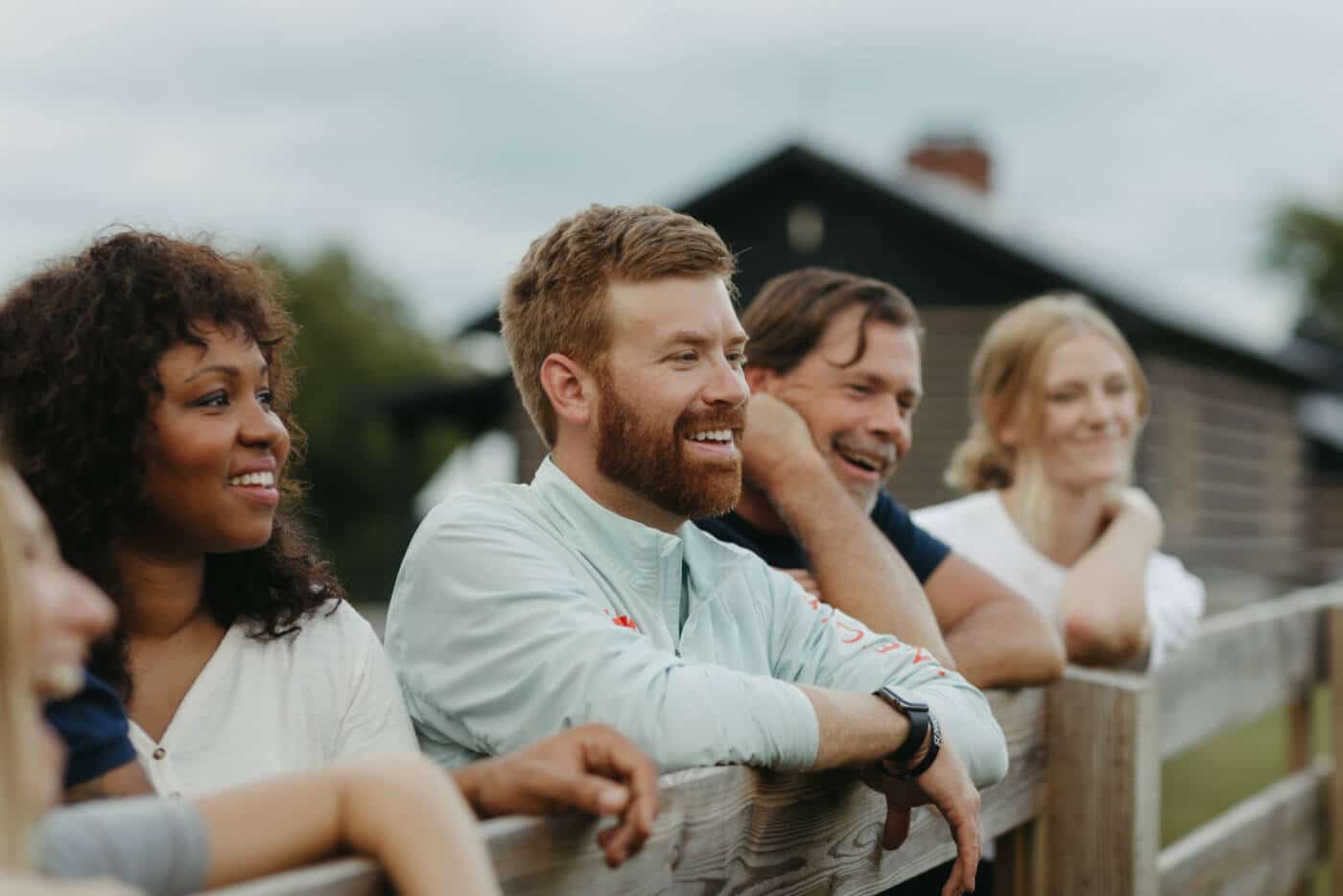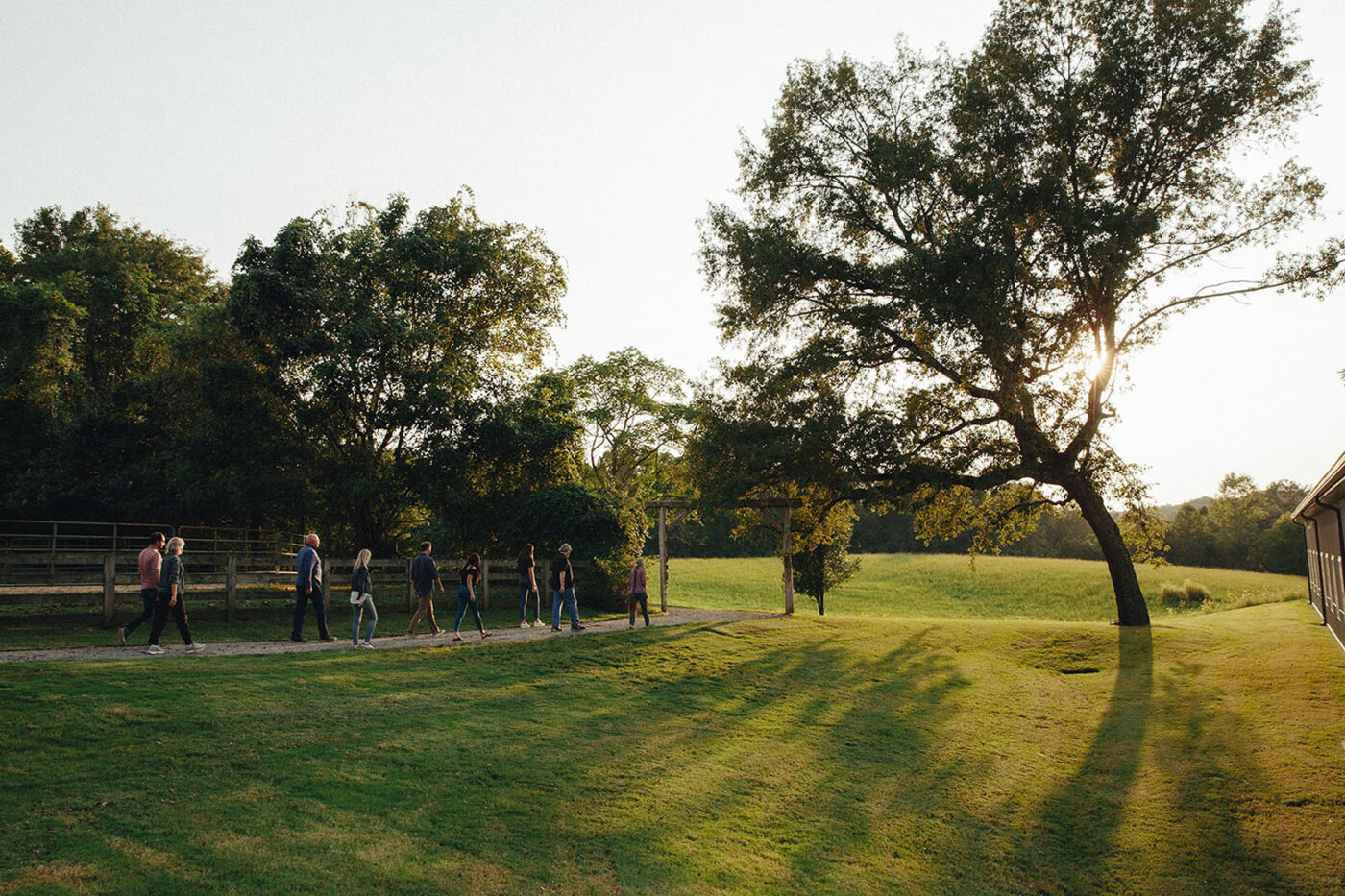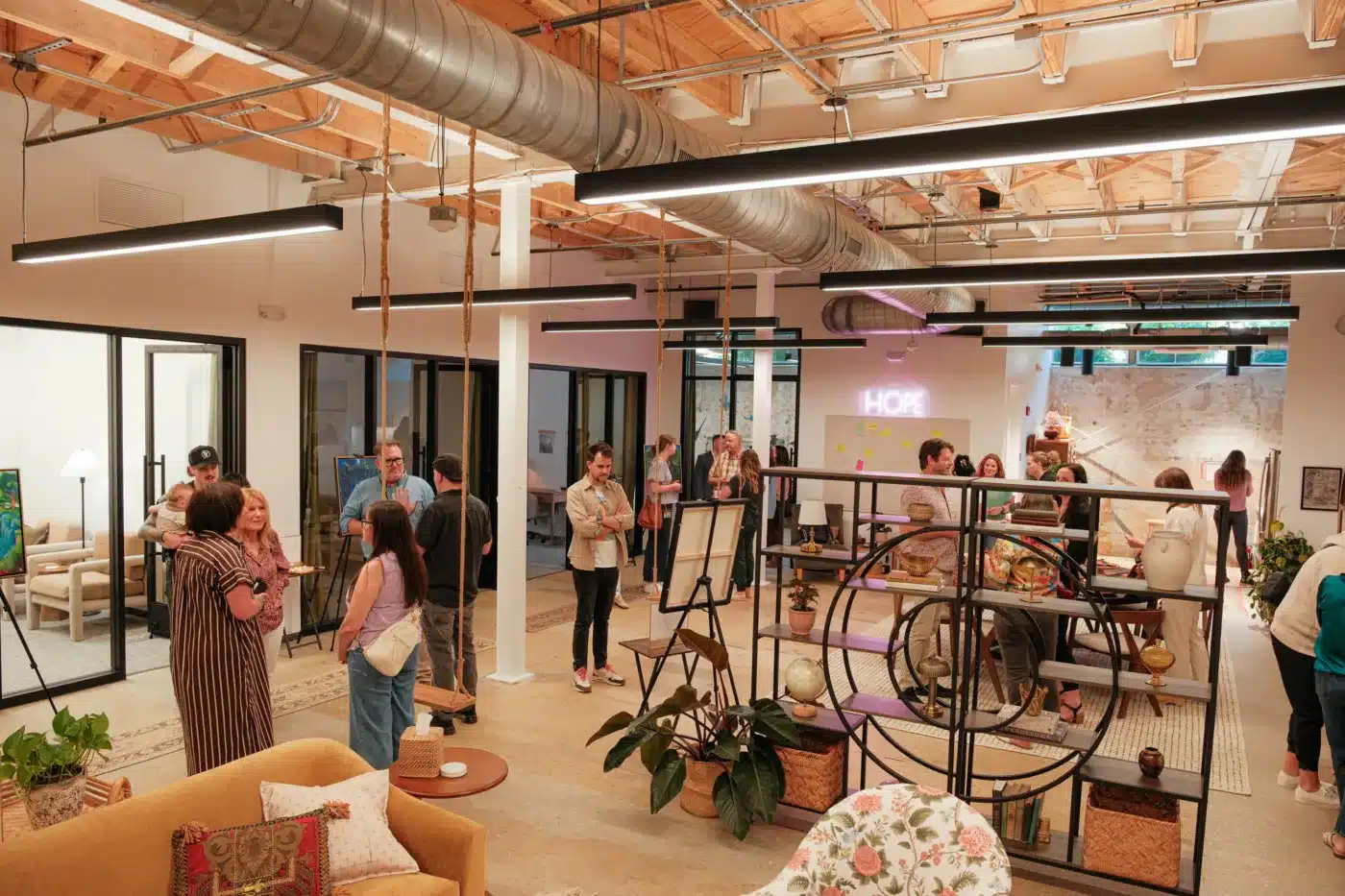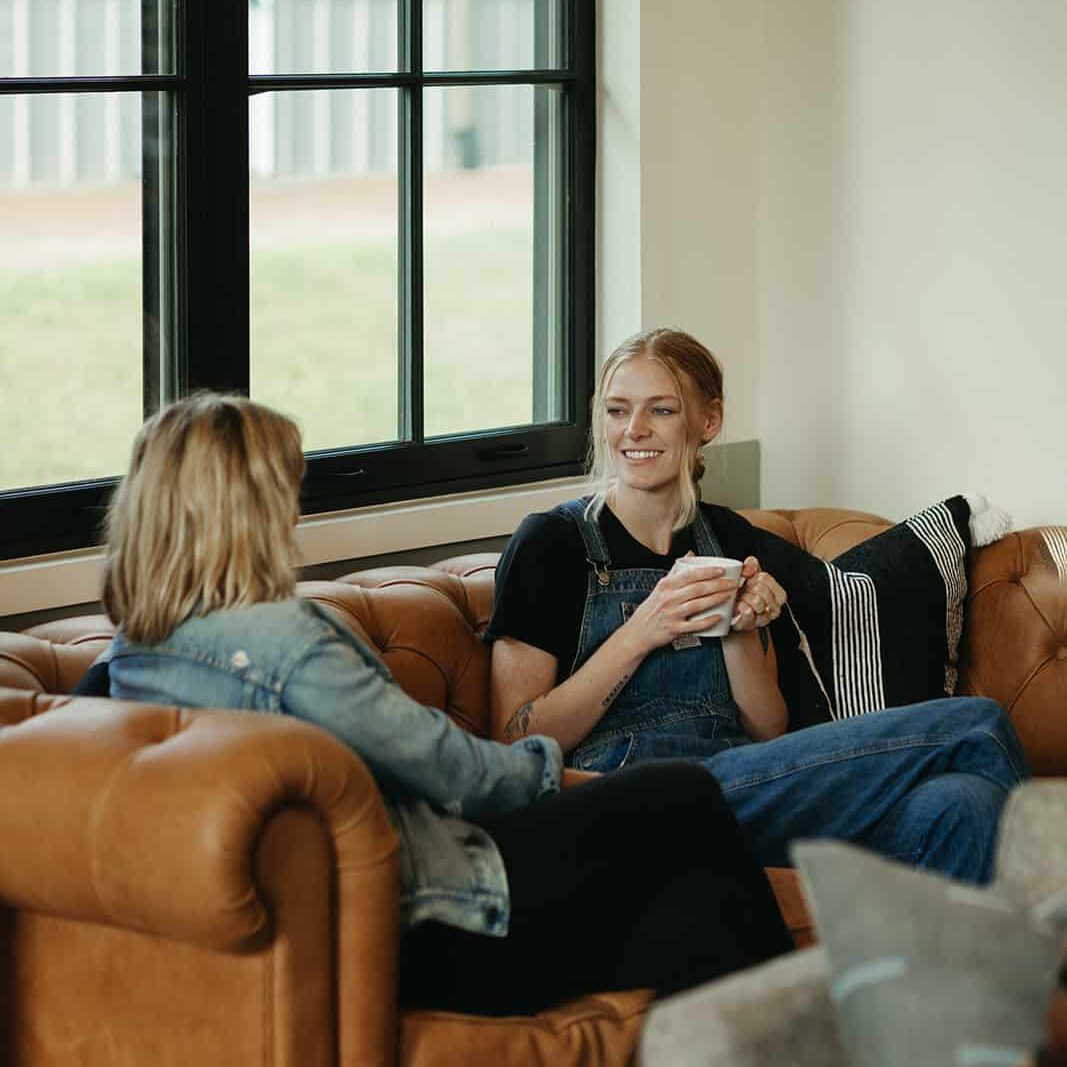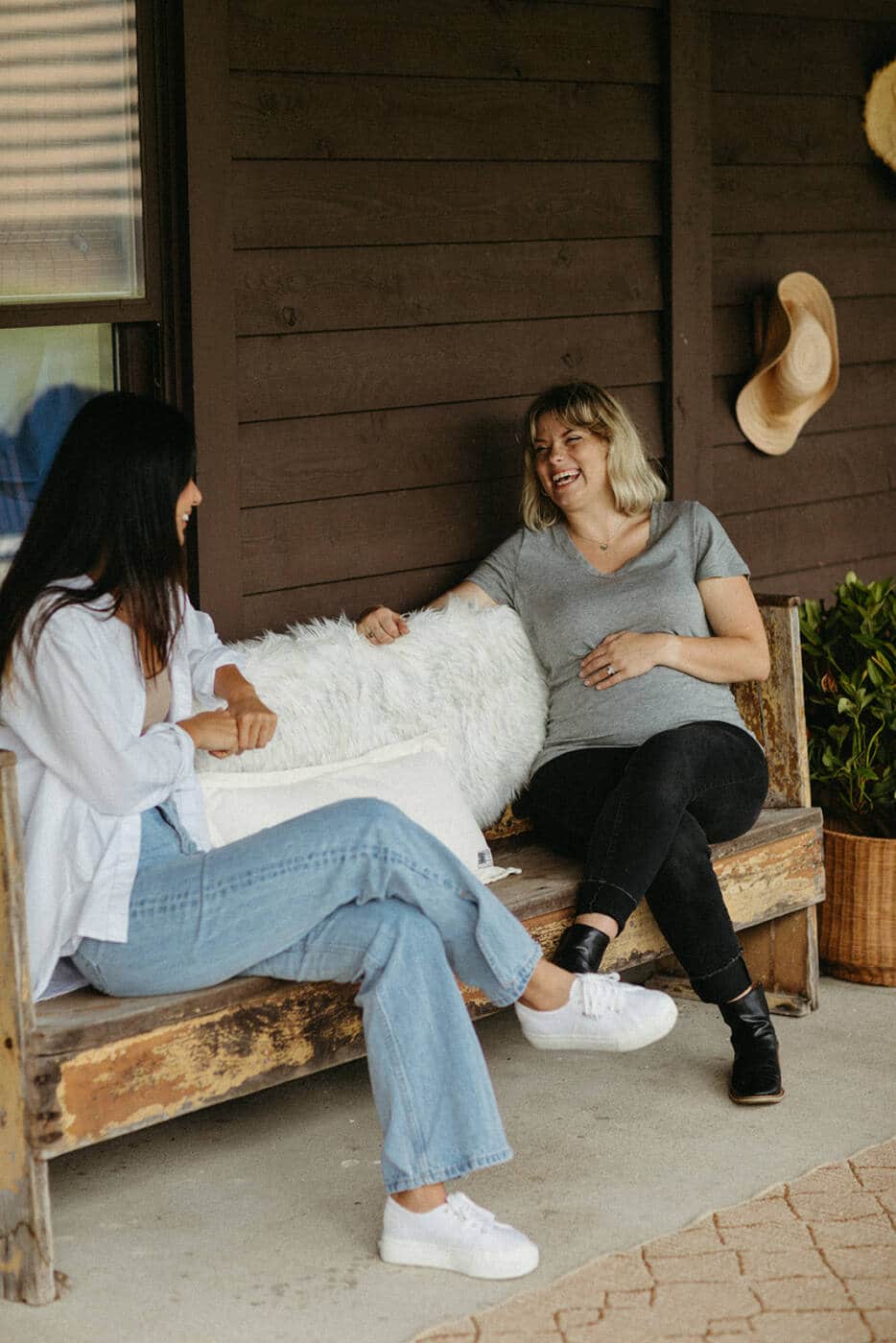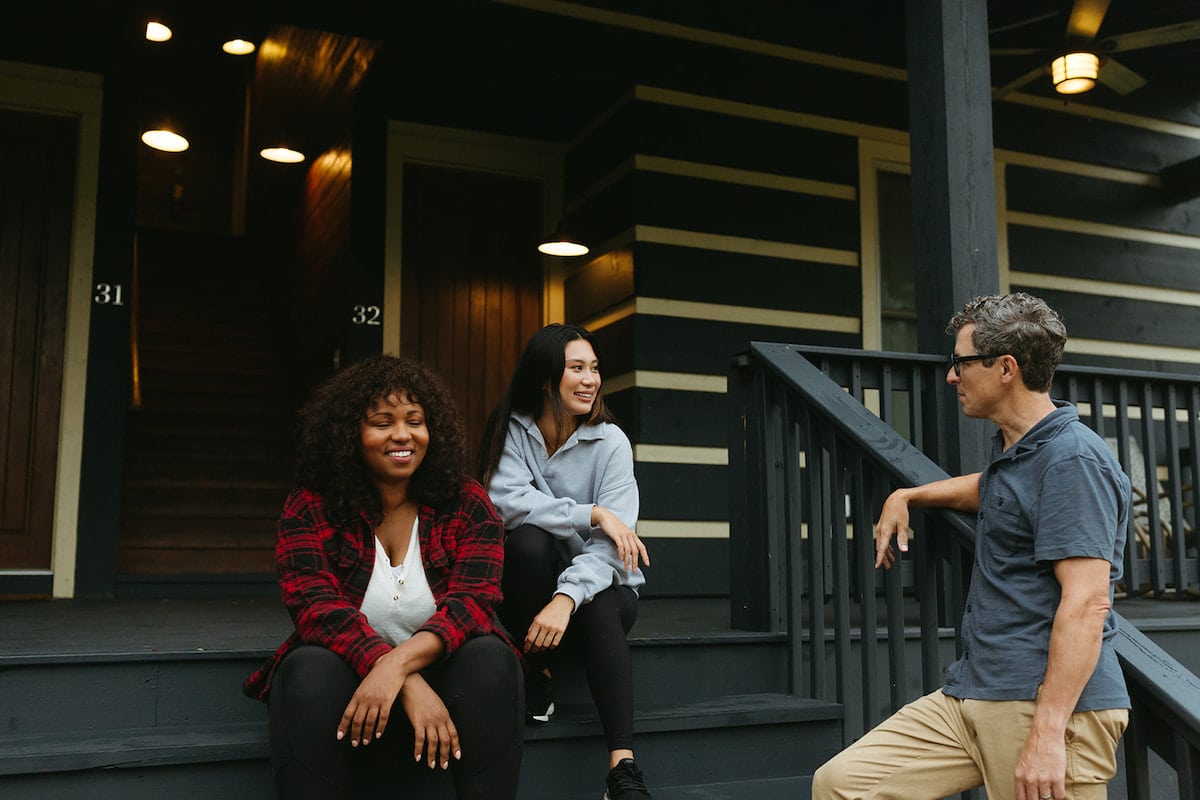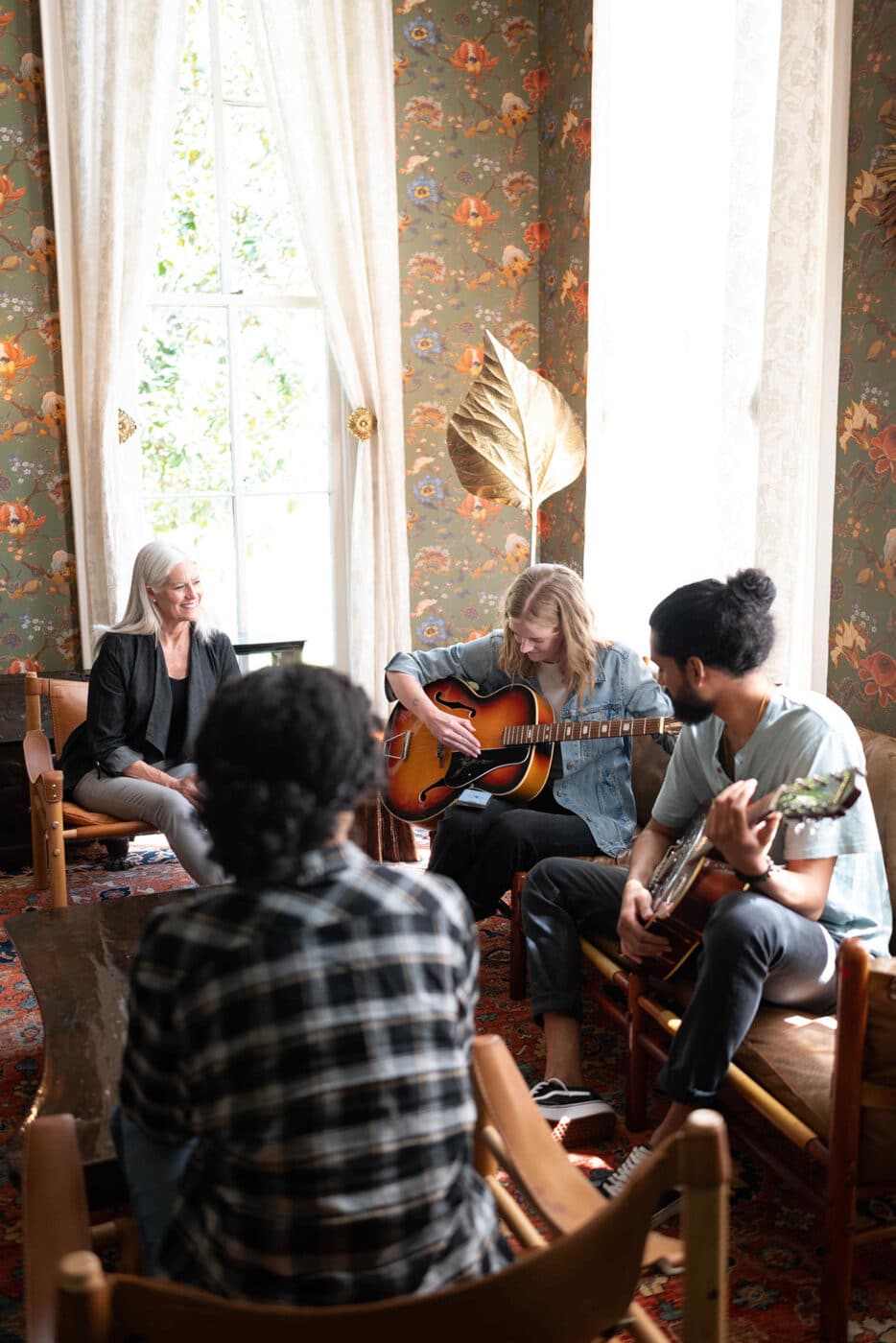Understanding Codependency
The Problem With Being Selfless
This article was originally featured in Volume 2 of the Onsite Journal
For more articles like this, check out the most recent volume of the Onsite Journal here.
Most people have a junk drawer in the kitchen.
Odds and ends get stashed there: tape and packets of soy sauce and dead batteries live there, slowly rolling around every time you open the drawer. You never know when the things in the junk drawer might come in handy. Codependency is a concept that has lived for many years in the psychological junk drawer: sometimes overused, misplaced, and misunderstood.
“You’re codependent” for many years became a catch-all for a term we knew meant something vaguely unhealthy but not entirely definable in our minds. A substitute for clingy, attuned, or even just overly caring.
Let’s talk about what codependency means and how to begin some recovery work around it.
A “codependent” used to mean someone who was addicted to the person who was addicted to a substance or behavior. For example, the alcoholic, addicted to the drink, is in a relationship with the codependent, who is addicted to the alcoholic, and so on. The alcoholic’s job was to try to manage the lifestyle that came from drinking; the codependent’s job was to try to manage the life of the alcoholic and to keep them from drinking. In other words, we used to conceptualize codependency as the way an enabler related to an addict.
The Relationship Between Codependency and Trauma
Today, we’ve expanded our understanding of codependency. Tian Dayton writes that codependency is “a trauma-related loss of self,” something that happens in our early development when our primary caregivers aren’t emotionally available to give us the love and nurturing we need. With the field of addiction becoming more understood in relation to trauma, it turns out that codependency is simply another coping mechanism that comes from growing up in trauma, just like alcoholism, drug abuse, or workaholism (or any other ism you can think of).
When caregivers don’t show up in a way that could meet our emotional needs, children learn that the best way to get their needs met is to try and meet the needs of the parent (so the parent might have something left over for them). Parents who aren’t able to meet their own emotional needs create children who attempt to be all things to all people.
These dramas are re-enacted over and over again, the child trying to meet the needs of the parent (and to be hypervigilant in anticipating the needs of the parent) in the hopes that the parent will, in turn, meet the child’s needs, see their hurting heart, and finally give unconditional love.
Barry & Janae Weinhold write, “Codependency grows out of the fantasy that your mother or father, on whom you counted on to make you feel good or safe or secure, now exists in the person with whom you have a relationship.” Little wonder, then, that the adult codependent ends up picking a partner who is often emotionally unavailable, who they can monitor closely to re-enact a potential “re- do” from their early childhood. The desire to repair something from their past tends to drive the codependent’s behavior. Psychotherapist Esther Perel suggests this behavior enrolls a partner or friend in a play they never auditioned for.
Parents who aren’t able to meet their own emotional needs create children who attempt to be all things to all people.
Conceptualizing Codependency
We have different ways of conceptualizing this at Onsite. Here are a few snapshot definitions I’ve heard over the years:
- “It’s when you’re hungry, and you ask the person you’re with if they want something to eat.”
- “It’s when you’re cold and you ask them if they want a blanket.”
- “It’s taking your pulse on someone else’s wrist.”
My codependency has tended to show up with me asking people if they’re angry with me. Asking once is usually okay. But keep asking someone if they’re angry with you, and see what happens. It’s a pretty remarkable process to make someone angry with you, even when they didn’t start out angry. For the record, ten out of ten would not recommend.
What Codependency Is Not
Let’s not confuse codependency with being nice or kind to someone you care about. Sometimes we have a tendency to pathologize doing things for others or trying to see to their needs.
“What makes behavior codependent?” is a question I hear a lot in the workshops we lead at Onsite.
The answer can be found in your motivation.
Let’s take two different scenarios: In one situation, I want to do something nice for a friend of mine, to give them an unexpected gift. I have tickets to a show I planned to attend. I know that my friend could use a break and would love to go to the show. I know they would relish taking in the show, so I give them my tickets. It’s not a big deal to skip the show this time and maybe go next time instead.
Now let’s say in another scenario, I have tickets to a show, and I would love to go, and I know my friend would love to go as well. In this situation, the thought of going to the show becomes impossible to enjoy because I know that the whole time I was at show, I would be thinking about how my friend should have gone instead of me. Maybe I even think that the friend would be mad at me for not giving them the tickets. Realizing there’s no way I can go to the show, I give them my tickets, hopeful that my gift (or sacrifice) will garner me a higher status in my friend’s eyes. I’m not saying they’ll owe me, but… I’m not not saying they’ll owe me.
This is codependency.
Recovering From Codependency
What action can we begin to take to recover from codependency?
I think the answer is found in the definition of codependency itself. If codependency is indeed a trauma-related loss of self, recovery will address the trauma and connect with the self. Let’s look at those components.
RELATED: Healthy Love and Relationships
Addressing the Trauma
What is trauma? Trauma is a wound.
Many of the people who come to do work at Onsite struggle to label what happened to them as trauma or traumatic. Many of us who experience trauma probably learned to ignore or downplay what happened.
If you were told that what happened to you isn’t that big a deal, I think it’s important to look at who is sending that message. If the person involved in the wounding is telling you that their behavior was not wounding, that is a good indicator that you have suffered wounds by this person. Many parents (friends, teachers, clergy, humans) loathe to admit that what they did was wrong, as it takes a lot of emotional space to take ownership of something done wrong or unhelpful.
Beginning trauma recovery work includes naming what happened to us—coming to terms with it, as M. Scott Peck tells us in People of The Lie—and then allowing ourselves to properly grieve the wounding. This is hard, courageous, rewarding, exhausting, and important work that takes time.
Connecting With Yourself
How are you with you? More to the point, how are you when other people are not okay—or you think they’re not okay with you?
If I’m worried whether or not a good friend is angry or okay with me, that’s usually a good time to check in with myself and ask this: “Am I angry with me? Am I okay with me?”
It’s good to check in with our deep friendships to ask about how we’re doing. But if they say, “We’re okay,” and I struggle to hear and receive that, then what’s going on most likely has nothing to do with my friend or our dynamic. Instead, it’s usually indicative of something stirring in me.
What are you afraid of?
Donald Winnicott said, “The catastrophe you fear will happen has in fact already happened.”
Am I afraid of being abandoned? Then I’m probably reacting to having been abandoned.
Am I afraid that a relationship is going to end? Then I probably have a relationship ending in my history that feels unresolved or is still painful.
Am I afraid of taking on a big project and failing? Then I probably felt like I failed at something early in life, and I received a message that I should never fail, no matter what.
Our fear is a powerful communicator; it lets us know what’s on the horizon of our feelings landscape and our inner world.
The first step in Codependents Anonymous is “We admitted we were powerless over others—that our lives had become unmanageable.” In our attempts to repair old wounds and to get our needs met, we have tried to fix, manage, rescue, save, and control others.”
Recovery starts in connecting with myself in those moments when I’m tempted to try and change others—and instead ask what need I’m trying to meet in myself. And then start moving in that direction.
I may not be there yet. I may not be able to lean in or ask myself what I need fully. That’s okay too. Start where you are. Take water breaks. Let yourself do it wrong before you do it right.
And breathe.
CARLOS MARTINEZ, MDIV, MSMHC, LPC, ACS, CET- II, serves as a Lead Clinician at Onsite. He has worked helping people for almost 20 years as a pastor, chaplain, crisis interventionist, therapist, counselor, and professor. Carlos leads programs on trauma, sexuality, relationships, and connecting with yourself.
Want to explore how codependency might be impacting your relationships?
Onsite’s Healthy Love & Relationships Program will help you address the core wounds that drive self-sabotaging behaviors and the need for approval that continues to disrupt your relationships. If you have a historical pattern of dysfunctional relationships or find yourself frequently disappointed by unmet expectations, this group program provides a safe, nurturing environment essential for rebuilding your self-worth.
